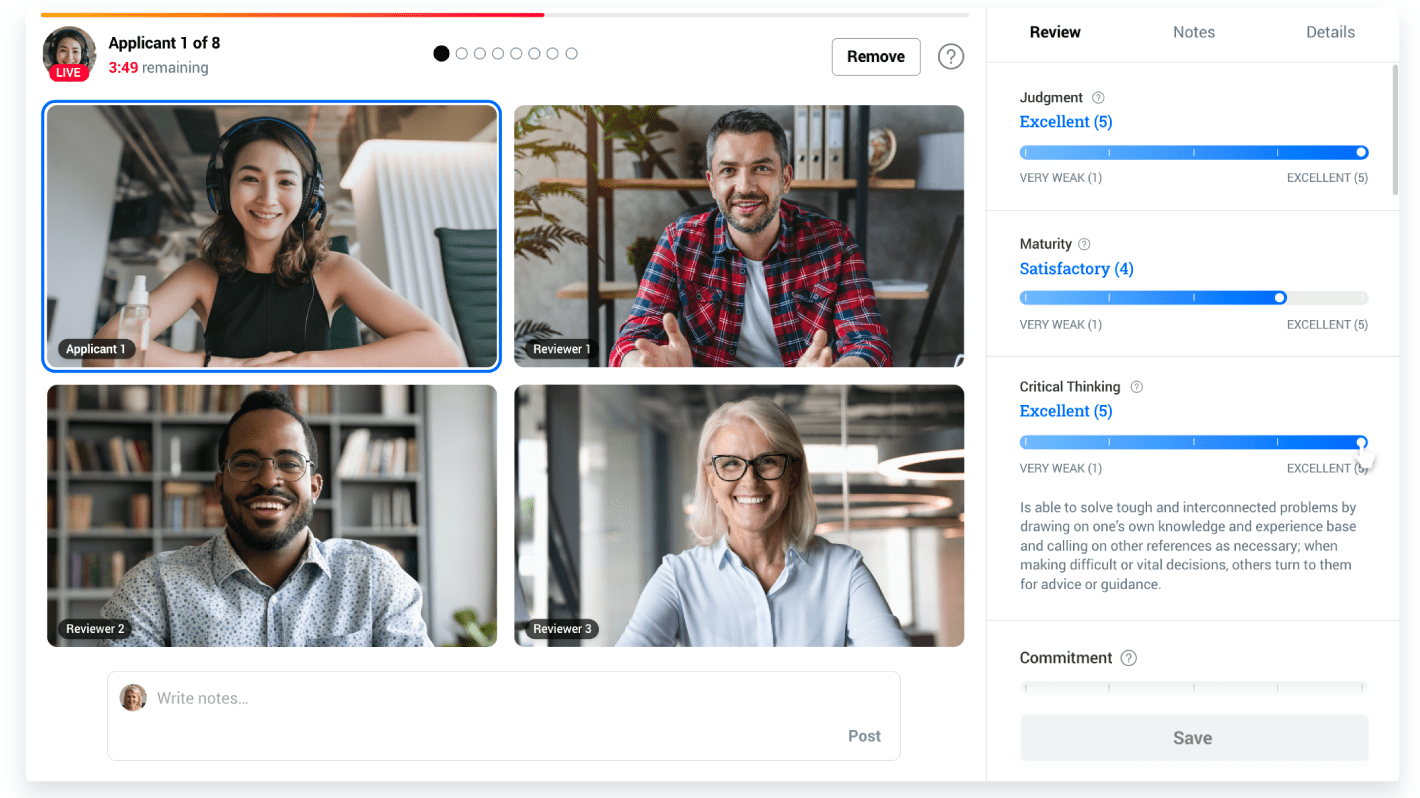A global outlook in admissions has never been more important. Despite woes over the current state of international applications, thousands of graduate students from China and India continue to choose schools in North America over all others.
At the 2019 NAGAP Conference in Toronto, sessions around international student recruitment, enrollment, and evaluation were plentiful. The conference themed Global Outlooks: Reaching Beyond Borders featured an enlightening session on reviewing international records.

Emily Tse, Director of Evaluations at IERF, shared her expertise in Dotting Your i’s and Crossing Your t’s: Thoughts on Best Practices in International Admissions. She explained how to assess international records for admissibility and how to identify fraudulent accreditations.
Five Tips for Evaluating International Credentials
1. Know what types of certified documents count
It’s okay to be wary of documents you’re unfamiliar with, even if they appear official. International applicants may send notarized documents or apostilles with good intentions, but these documents bear no weight in terms of officialness.
It’s important to know that the seal, despite being given by an authentic source, does not vouch for the credentials inside.
In fact, as Tse pointed out, documents with an apostille often read: “For the contents of the annexed document(s) the Department assumes no responsibility.”
As a general rule of thumb, certified documents come from an institution of study, examining board, or the Ministry of Education, not a notary or the Ministry of Foreign Affairs.
When it comes to evaluating international academic records, Tse recommends having a copy of Taking Out The Guesswork: A Guide to International Applicant Records to reference.
The guide, which is a joint initiative by NAGAP and IERF, explores different types of academic records from around the world.
2. Be cautious of diploma mills
The validity of accreditation is another consideration that should be top of mind when assessing credentials.
Ten years ago, Chester Ludlow from Vermont made headlines for earning his MBA at Rochville University. A diploma, two sets of college transcripts, along with other ‘official’ documents were delivered straight to his doorstep.
For Chester, this was anything but an ordinary accomplishment, considering he’s a pug.
It was soon revealed that Rochville University was part of an elaborate diploma mill scam, run by a software company called Axact.
This is just one example of a fake university providing illegitimate degrees and diplomas for a fee.
Other mills exist — and real people take advantage of them — which is why it’s important for admissions teams to know how to spot these fraudulent credentials.
3. Don’t rely on translations
In the era of Google translate, remember that translations can only get you so far. Credentials can differ significantly from one country to the next, even when the translation seems to match your expectation.
There are some scenarios where these differences can cause confusion in the admissions office. For example, imagine an international applicant sends in their Baccalauréat or Bachiller diploma. While both terms technically translate to Bachelor, neither of those diplomas are equivalent to the standard North American bachelor’s degree. Instead, they typically refer to a high school credential.
A great tool to have in your application reviewing tool belt is the Index of Educational Terms, created by evaluators at IERF.
The index lists the most common terms that appear on applicant documents and how they’re spelt in other languages.
4. Create and maintain an archive to compare physical features
Evaluating international documents can take some investigative work. If you’re unsure about how a certain document or credential is supposed to look, compare it against an authentic document your team has received from the same region.
If you don’t have access to such an archive, Taking Out The Guesswork can be a helpful tool for comparison. Evaluators can also leverage databases like AACRAO EDGE.
Finding comparable documents for older credentials might be challenging for schools with a limited archive. If that’s the case, consider tapping into the knowledge of experienced admissions professionals from other programs or institutions.
5. Conduct research into the country's educational system
You can determine whether the information submitted by an international applicant is legitimate by conducting research into their country’s educational system.
To illustrate this with a real-world example, Tse shared a document which claimed to be Chinese Bachelor’s degree from 1978. With a bit of digging, it was learned that China didn’t offer degrees during their cultural revolution (1966 – 1976), meaning this document was fraudulent.
This type of information might be stored on old web pages that have been archived by schools or ministries but don’t let that discourage you. Internet archives like the Wayback Machine can help you find it.
Getting Help From the Outside
Reviewing credentials with your in-house team is ideal, however, some cases might require getting help from the outside.
When picking an agency to help evaluate credentials, Tse recommends looking into:
- The agency’s background: Well established agencies with reputable evaluations are the best contacts for credential expertise.
- The agency’s level of activity in associations: Meaningful participation with professional association signals to an agency’s legitimacy, but beware of associations that grant membership to anyone that just pays dues.
The Case for Credential Review
If your team is responsible for reviewing applicants, they need to be equipped to answer: Are these credentials legit, are they accurate, and have they been verified?
Knowing the answers to those questions helps ensure integrity in the admissions process and verifies that your applicants have the credentials needed to succeed at your school.



